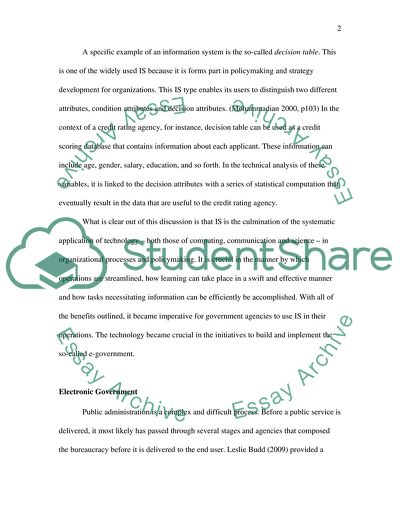Cite this document
(“Information System and League Tables Essay Example | Topics and Well Written Essays - 2000 words”, n.d.)
Information System and League Tables Essay Example | Topics and Well Written Essays - 2000 words. Retrieved from https://studentshare.org/information-technology/1586223-information-systems
Information System and League Tables Essay Example | Topics and Well Written Essays - 2000 words. Retrieved from https://studentshare.org/information-technology/1586223-information-systems
(Information System and League Tables Essay Example | Topics and Well Written Essays - 2000 Words)
Information System and League Tables Essay Example | Topics and Well Written Essays - 2000 Words. https://studentshare.org/information-technology/1586223-information-systems.
Information System and League Tables Essay Example | Topics and Well Written Essays - 2000 Words. https://studentshare.org/information-technology/1586223-information-systems.
“Information System and League Tables Essay Example | Topics and Well Written Essays - 2000 Words”, n.d. https://studentshare.org/information-technology/1586223-information-systems.


